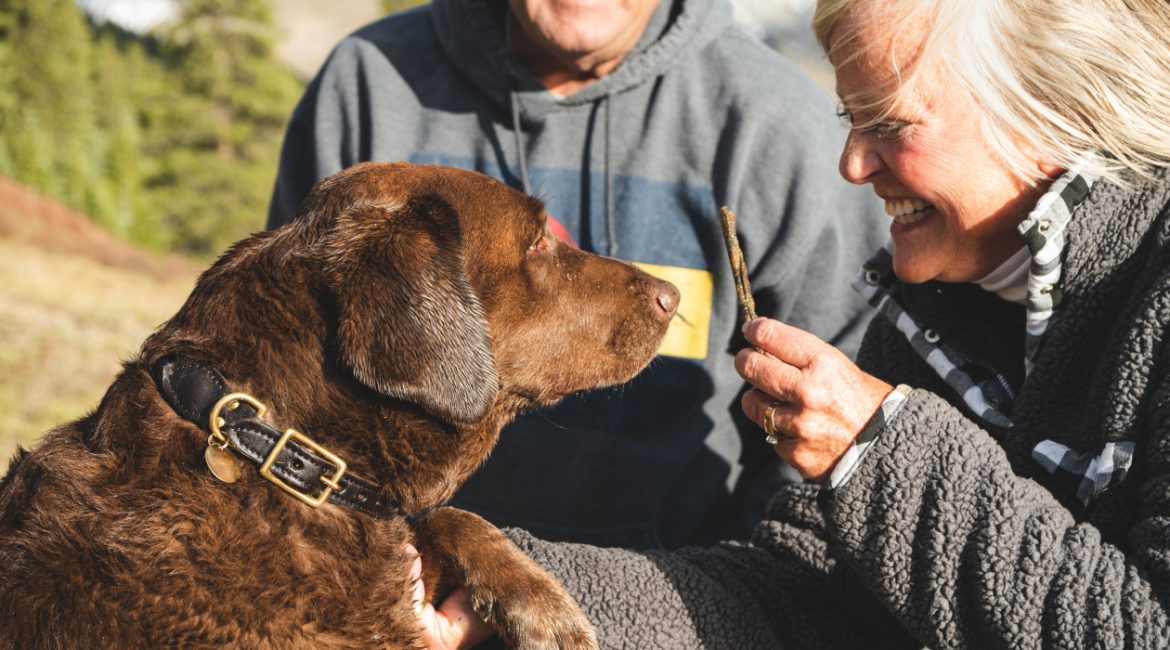Sometime in the future someone might collaborate with google and breed a dog that comes with downloads on how to behave and live happily in our human world.
Until then, it’s our responsibility to teach our dogs our house rules and some behaviours we’d like them to know.
Training your dog is the process of being able to communicate with them. We teach them that it’s worthwhile for them to look at us and pay attention to us. Dog training is teaching your dog to move their body in a certain way or perform a task. That task or body movement then has a word associated with it and when the dog offers that movement or performs the task, we reward them.
Behaviours as I call them are what used to be called ‘Commands’. Things like sit, stay, down and roll over. I’m not keen on the idea of commanding my dog to do things.
Many dog trainers, myself included, use the word Cue. A verbal cue is a sound that the dog can associate with a behaviour, like putting their bum on the ground for a sit. That verbal cue also acts as a motivator because the dog remembers the reward it got the last time it heard that sound then put their bum on the ground. After several repetitions, your dog will understand that when you say your cue – Sit, if they put their bum on the ground something awesome happens to them!
The things we’d like our dog to know what to do should benefit both sides of the human-canine partnership.
There are five ethical and reward-based techniques for training dogs. The two easiest ones are called Capturing and Lure/Reward.
Luring is quite simply doing something that initiates the behaviour from the dog that you want. The most obvious one for dog owners is using a piece of food that the dog loves. If you hold the piece of food in front of the dog’s nose you should be able to encourage the dog to follow the food.
If your dog will follow the food, you can use it to move them into a position like a sit, or a lying down or spinning around in a circle!
Capturing is the easiest method because all you need to do is watch your dog. Over the course of a day, at some point, your dog will do something you like and you’d like them to do more often. This could be sitting, looking at you or lying down and relaxing on a bed or mat. Whenever your dog does something like this you can reward them. With dogs, what gets rewarded is repeated. Remember that – What gets rewarded is repeated. And the more your dog looks for things it can do so that it can be rewarded, the less they will do the things you don’t want them doing.
The trick, if you can call it that, that your dog trainer adds is a thing called a Marker Word.
A marker word is a sound you make when the dog is doing the thing you want. It’s a word that takes away the guesswork for the dog. A short word like Good or Yes that lets your dog know that their reward is coming. This can speed up the learning process for the dog and works with both the capturing and lure-reward methods.
Thankfully, we know a lot more about canine behaviour today and know that the best way to teach is to use rewards. Rewards build connection and trust. Punishment does the opposite and unlike rewards, which can be phased out if you wish, will have to continue for much longer.
When you’re thinking about your dog always look for what you’d like your dog to do rather than what you don’t want them to do.

